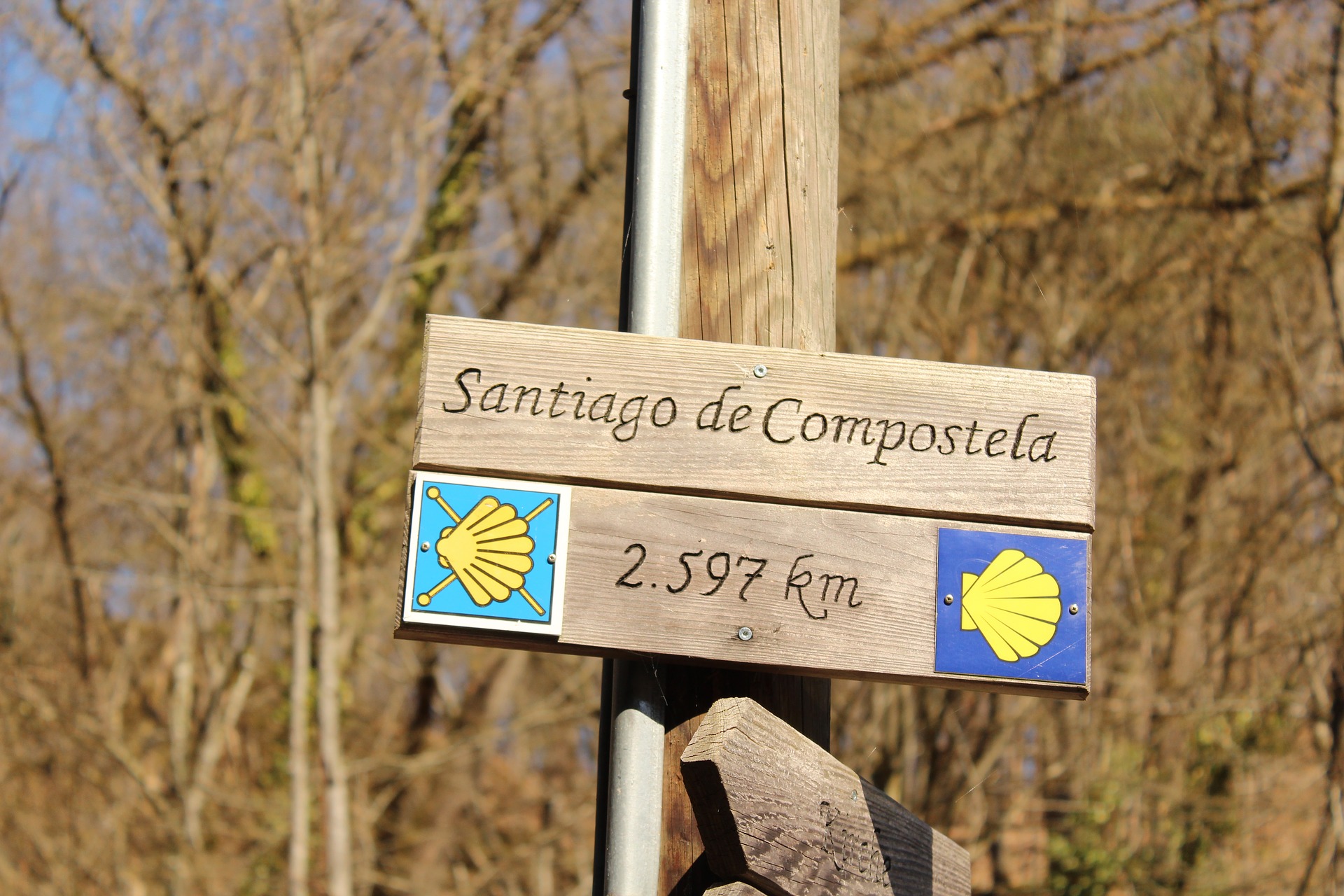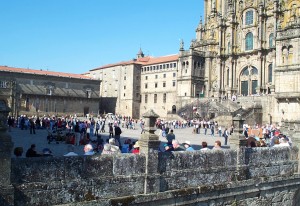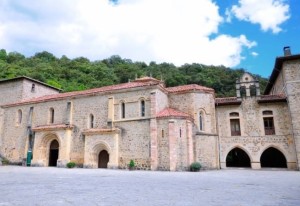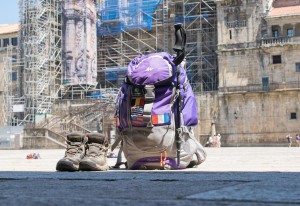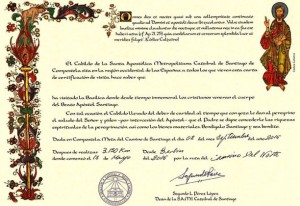Although we speak of the Way, in the singular, there are many routes that you can choose to reach the famous Praza do Obradoiro and enjoy the views it offers of the cathedral. At this point we assure you that you will experience a mixture of feelings that will not leave you indifferent.
You will find yourself tired and it is not for less, you have several stages and several kilometers behind you that weigh a lot. You will also feel satisfaction, as if not to be so! You can feel proud of your effort to reach “the goal”.
A shot of adrenaline will make you still have the strength to want to enjoy the narrow streets of Santiago de Compostela, its gastronomy and its people.
But… before all this. Do you know which paths you can choose to get to the Cathedral of Santiago de Compostela?
Although, as the well-known phrase “all roads lead to Rome” says, it is true that there are a few “official” roads to reach the Cathedral.
In them you will find hostels, the locals will be prepared with their stamps to certify that you have passed through that point of the road and the signage in them will be indicated to avoid getting lost.
Although it is true that it is the Camino Frances and the Camino del Norte that have been recognized as World Heritage by UNESCO, there are many others that are considered Official Caminos.
Here we talk about some of the most important:
– The French Way: As we mentioned, it is the first of the routes to receive the declaration of World Heritage by UNESCO (1993).
– The Northern Way: This, also recognized as a World Heritage Site in 2015, includes 4 routes: the Coastal Way, the Primitive Way, the Lebaniego Way and the Basque-Rioja Interior Way.
– Via de la Plata: It comes from Andalusia and Extremadura and enters Galicia through the Portelas do Padornelo and A Canda.
– The Portuguese Way: It can be divided into two versions. The Portuguese Way, which joins Braga with Astorga and the Portuguese Way along the coast, a route parallel to the sea and which also enters Galicia through A Guarda.
– The English Way: This route may have a starting point in Ferrol or A Coruña. By distance to Santiago it usually starts in Ferrol, since it exceeds 100km.
– The Winter Way: This is the entrance to Galicia from the plateau and it is believed that it was the alternative way used in winter, to avoid O Cebreiro and its snowfalls.
– The Way to Fisterra and Muxía: The latter is the only one that does not end in Santiago de Compostela, but rather begins in the Galician capital. To reach the “end of the world” you will have about 90km left.
Now, if you want to know which is the best way to start your experience, we recommend that you consider the Camino Frances. This is, by far, the busiest of all, which is why it has more services, hostels, places to stop and rest. Even the residents of the different towns are more used to pilgrims and will not hesitate to offer you water, food or anything else you need during your journey.
In any case, there are many who affirm that there are as many paths as there are pilgrims and that you can choose where you want to walk until you reach the tomb of the Apostle.










